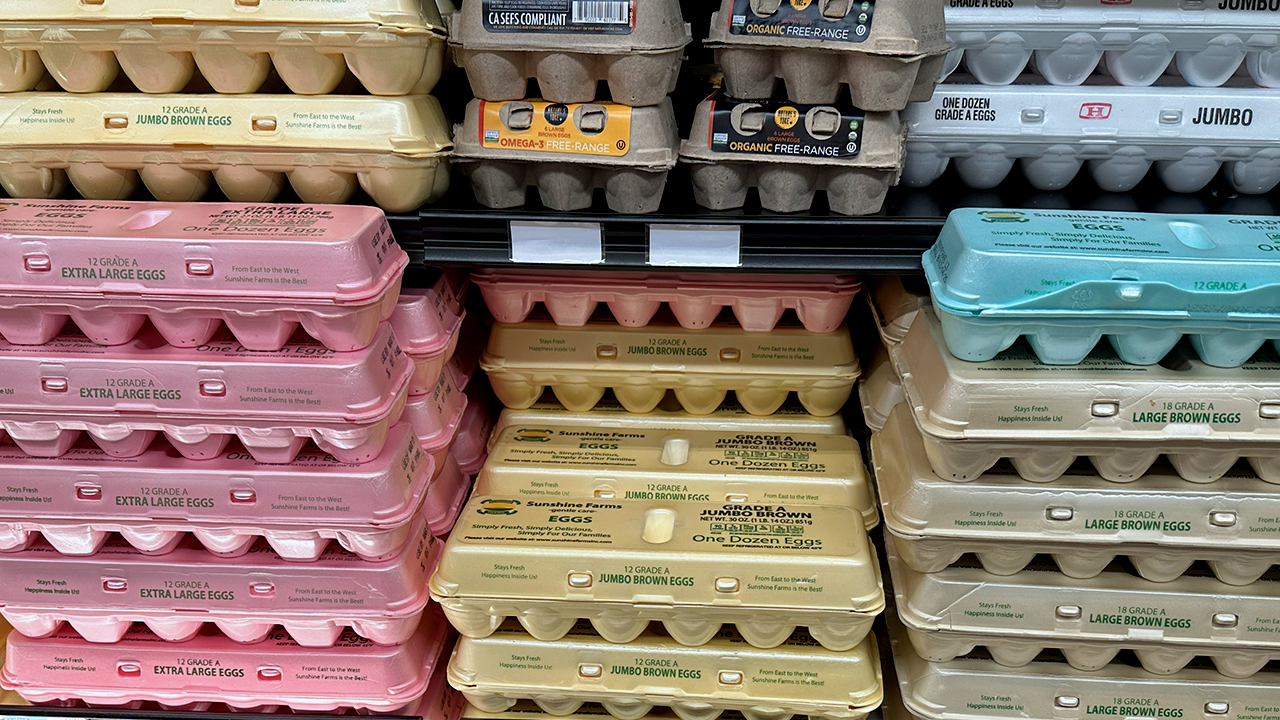Spice Up Your Dinner Routine With This Quick Indian Mango Pickle


Throughout India, pickles are enjoyed as a condiment with many meals, eaten with dal, rice dishes, parathas, or even many breakfast dishes such as pohé. Mango pickle is one of the most popular pickles throughout the country. There are many regional variations of it, each with its own unique blend of spices and flavors. But at its core it’s most often made from green, underripe mangoes, spices, and mustard seed– and spice-infused oil.
My mother loved to make pickles this way, often with whatever fruits or vegetables she had on hand. They were a welcome burst of flavor to most of our meals, and my favorite was her mango pickle. On evenings when we had guests over to our home for dinner, the first thing she would do that morning was start macerating the pickles in plenty of salt and a spiced-infused oil, so they would be ready to serve later that night. She’d pickle whatever was on hand: carrots, cauliflower, peeled ginger, or my absolute favorite, mango. 
How Indian Pickles are Prepared
In Western cooking, the term “pickling” most often refers to the food preservation method involving submerging food in an acidic solution, like vinegar, or via lactic acid fermentation. But most Indian pickles go through neither of these processes, and instead are preserved, or “pickled” by coating the mixture in salt and sugar and submerging in spiced oil.
Most homemade Indian pickles involve mixing vegetables or fruits (sometimes blanched or cooked first, but not always) with plenty of spices, salt, and oil. The pickle is then either packed into large ceramic pots known as bharani (or barni) and put in the sun for several days to ferment—the layer of oil on top inhibits mold growth while excluding oxygen—or it's allowed to macerate for a short period at room temperature and then transferred to the refrigerator for storage, which skips the fermentation in favor of speed and ease.. This recipe is the latter type—a quick refrigerated pickle that comes together in little time but is still bursting with flavor.
How to Make Quick Mango Pickle
This quick pickle is simple to make, but there are a few key things to get right so you end up with robust, zesty flavor and a crunchy, salad-like texture.
Selecting and Preparing the Mango
First, make sure to use green, undripe mangos that are not fully mature, not to be confused with underripe mangoes that will ripen soon (and have a thicker skin on them). As they sit in the salt and oil mixture, the mango pieces will soften slightly, but they'll still retain some of their firm texture. If you were to start with ripe mangos, the mango pieces would fall apart and become mushy.
I personally prefer to leave the skin on my mangos when I make this pickle. I enjoy its chewy texture, and I find that it helps the mango flesh retain its shape even when cut into smaller sizes. That said, many people will prefer the pickle without the skin (and some may even have a mild allergic reaction to it), so the recipe below instructs you to peel the mango; note that when peeled, the mango should be cut into slightly larger pieces (the 1/2-inch size in my recipe below is a good ballpark) so they can better retain their shape even without the skin..
Tips on Preparing the Spiced Oil
One of the key components of the mango pickle is a spice-infused oil, what could be referred to as a “reverse tadka” that adds flavor and a glistening, slippery texture. When I prepare the oil, I like to use an Indian seasoning wok, which is a small vessel specifically for this type of purpose. Many of you won't have this exact piece of cookware, but any small, flat-bottomed saucepan or carbon-steel skillet will work well.
The order of which spices are added to the hot oil also matters. I like to put the asafetida in first so it has a brief moment to bloom a bit longer. Asafoetida is a dried and ground gum resin that drips off the roots of an herb called ferula asafoetida, a central Asian plant in the celery family, and I love its assertive, oniony-garlic smell and flavor. (In the Indian state of Maharashtra, where my family is from, the combination of asafoetida, mustard, and turmeric is often considered the “holy trinity” of seasonings.)
Mustard seeds (brown or yellow will both work here), ground turmeric, Kashmiri red chile powder, and fenugreek seeds are then bloomed in the hot oil to round out its flavor. The mustard seeds will (and should) pop while cooking, so make sure to have a lid or cooking screen handy to contain the splatter. It’s then tossed with the mango and left at room temperature to macerate—just make sure the oil has cooled before adding it to the mango, or it risks heating the fruit and turning it mushy. During the maceration time, the flavors will blend together, and the salt and sugar will soften the mango.
This recipe works well with other fruits and vegetables as well. I like to prepare it with carrots, cauliflower, or apples, or under-ripe pears. I’ve included measurements for these variations below the main recipe.
In a large metal bowl, toss diced mangoes with salt and jaggery or sugar until combined; set aside.
In a seasoning wok (see notes) or small heavy-pottomed saucepan or small carbon-steel skillet, heat oil until smoking, about 3 minutes. Test oil temperature with one mustard seed. If it pops right away, your oil is ready; if not, return heat to medium-high for 1 additional minute and retest. When ready, add asafetida, stir to coat, then turn off heat.
Immediately add mustard, turmeric, red chile powder, and fenugreek to the pan, cover with a screen or lid, and swirl to gently mix. Let the oil cool completely, about 30 minutes.
Scrape the cooled oil onto the mango and mix well. Taste the mango and add more salt or sugar if desired.
Let mango stand at room temperature, stirring occasionally until well macerated, at least 3 and up to 4 hours. Then transfer to an airtight glass container or jar and refrigerate until ready to use. Before serving, stir to combine and serve in a small bowl as a condiment.
Variations
Carrot Quick Pickle: Substitute mango with 2 1/2 pounds medium carrots, cut into 1/4 -inch pieces, and continue with recipe as written.
Cauliflower Quick Pickle: Substitute 1 large head cauliflower (about 2 pounds), trimmed and cut into 1/2-inch florets and continue with recipe as written.
Pear or Apple Quick Pickle: Substitute 4 crisp apples or slightly underripe, firm pears; core and cut into 1/2-inch chunks, leaving the peel on. Continue with recipe as written.
Special Equipment
Metal or glass mixing bowl, large metal spoon (so turmeric does not stain it), Indian seasoning wok or a small sauté pan, canning jars or glass containers for storage
Notes
Make sure to use unripe mango that are not yet mature and will not mature, and not to be confused with underripe mangos, which are mature mangos that just have not peaked in ripeness yet.
If using jaggery, a couple seconds in the microwave will help soften it. Then you can chop it just like chocolate with a bread knife. Alternatively, a microplane works as well.
Asafetida can be found at most Indian grocers. I recommend the powder sold in small jars, rather than large plastic containers, because the plastic can hold the aroma. Keep it tightly shut between uses, otherwise the smell will pervade your entire kitchen. While it adds a distinct flavor to the chutney, you can omit it if unavailable, though the chutney will be less aromatic.
A seasoning wok is a small wok that is used in Indian cooking for toasting spices and for making seasoned oil blends. They generally are made from thicker metal than Chinese woks. I often use a seasoning wok at home to make spice blends for a variety of dishes, but a small sauté pan or skillet will work well in its place.
Make-Ahead and Storage
The pickle can be stored in airtight jars and refrigerated for up to 1 week.
What's Your Reaction?
 Like
0
Like
0
 Dislike
0
Dislike
0
 Love
0
Love
0
 Funny
0
Funny
0
 Angry
0
Angry
0
 Sad
0
Sad
0
 Wow
0
Wow
0











































































































